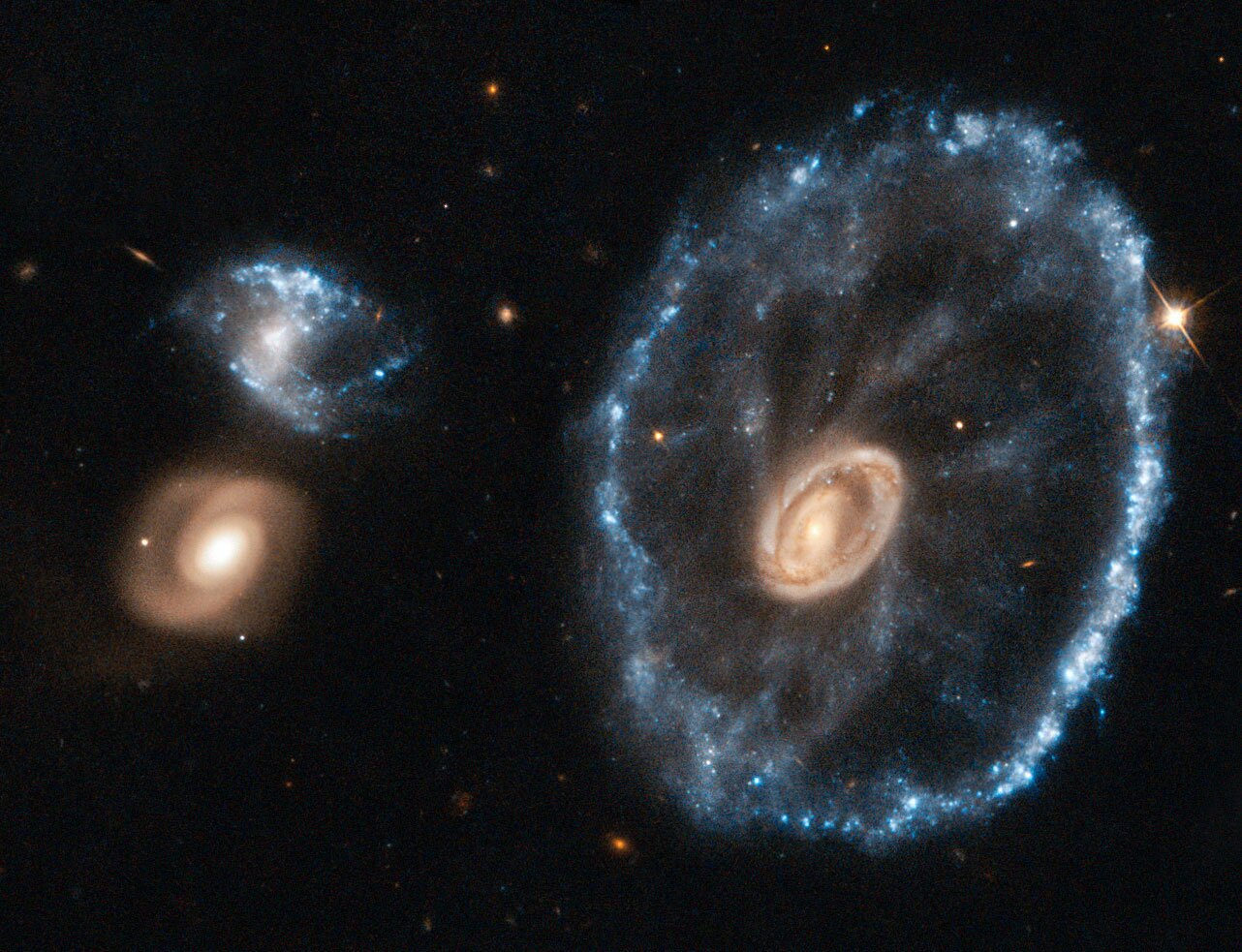Earth Is Moving Through a “Hurricane” of Dark Matter Right Now
An unbelievable sounding occurrence truly could be happening right now, according to Spanish researchers. The scientists have made the daring suggestion that a hurricane of dark matter might be making its way past our Sun, detectable here on our own planet.
The study was led by University of Zaragoza, Spain researcher Ciaran O’Hare, and it was published in the journal Physical Review D.
It took a closer look into nearby stars that seem to be moving in the same direction. They call it the S1 stream, and its stars are believed to be the remnants of a dwarf galaxy that was actually swallowed up by our own Milky Way galaxy billions of years ago, as noted by an APS Physics statement.
This S1 stream is thought to consist of around 30,000 stars, and it was only found last year in 2018, by the ESA’s Gaia satellite.
The incredible work of the satellite is to map out approximately a billion stars in our galaxy, and so far about 30 “streams” of stars have been mapped out, each one thought to be remnants of a collision between small galaxies and systems with our own Milky Way.
The thing about S1 is, it is currently “blowing” past us, going right in front of our own solar system at the incredible speed of about 310 miles or 500 kilometers a second.
It’s still difficult to define what dark matter even is, but these researchers say that the fast S1 “stream” of stars in our Milky Way galaxy brushing past our own solar system, may produce noteworthy effects on dark matter thought to be near us, to speak in relative terms.
“Current detectors looking for weakly interacting massive particles (WIMPs) – one widely discussed form of dark matter – probably won’t see any effect from S1,” a statement reported, “but future WIMP detectors might.”
The theory behind what dark matter even is, is that all galaxies are thought to have been formed in what amounts to a halo of dark matter. We can’t see this stuff technically, and it’s not actually supposed to interact exactly with normal matter either.
However in a way that gets a bit difficult to understand, the researchers noted that somewhere around 10 billion solar masses of dark matter, spilling out from the original dwarf galaxy that got sucked into ours, were traveling along the coattails of the stream S1.
Basically, S1, a collapsed galaxy that got sucked into ours, is spilling out dark matter in front of our Sun: still very far away though.
Cosmos described the S1 stream hitting our Solar System like a “slap in the face.” The counter-rotating, kind of counter-clockwise structure is thought to produce an effect of dramatically increasing the amount of dark matter appearing to come from the patch of the sky where it’s located, as the regular dark matter wind.

(Image credit: scitechdaily)
“Indeed, it should produce a tell-tale ‘ring’-like structure around this wind, something that directional dark matter detectors… could easily detect in future,” Cosmos noted.
It may even be possible for people to observe axions coming off that stream. They are theoretical particles thought to be about 500 million times lighter than an electron, and it may even constitute dark matter.
We wouldn’t be able to see those remarkably tiny particles, but theoretically they could be converted to photons we can see in the presence of a magnetic field that is strong enough.
Despite all of this, no one has ever fully detected or identified dark matter. It remains a mystery.
